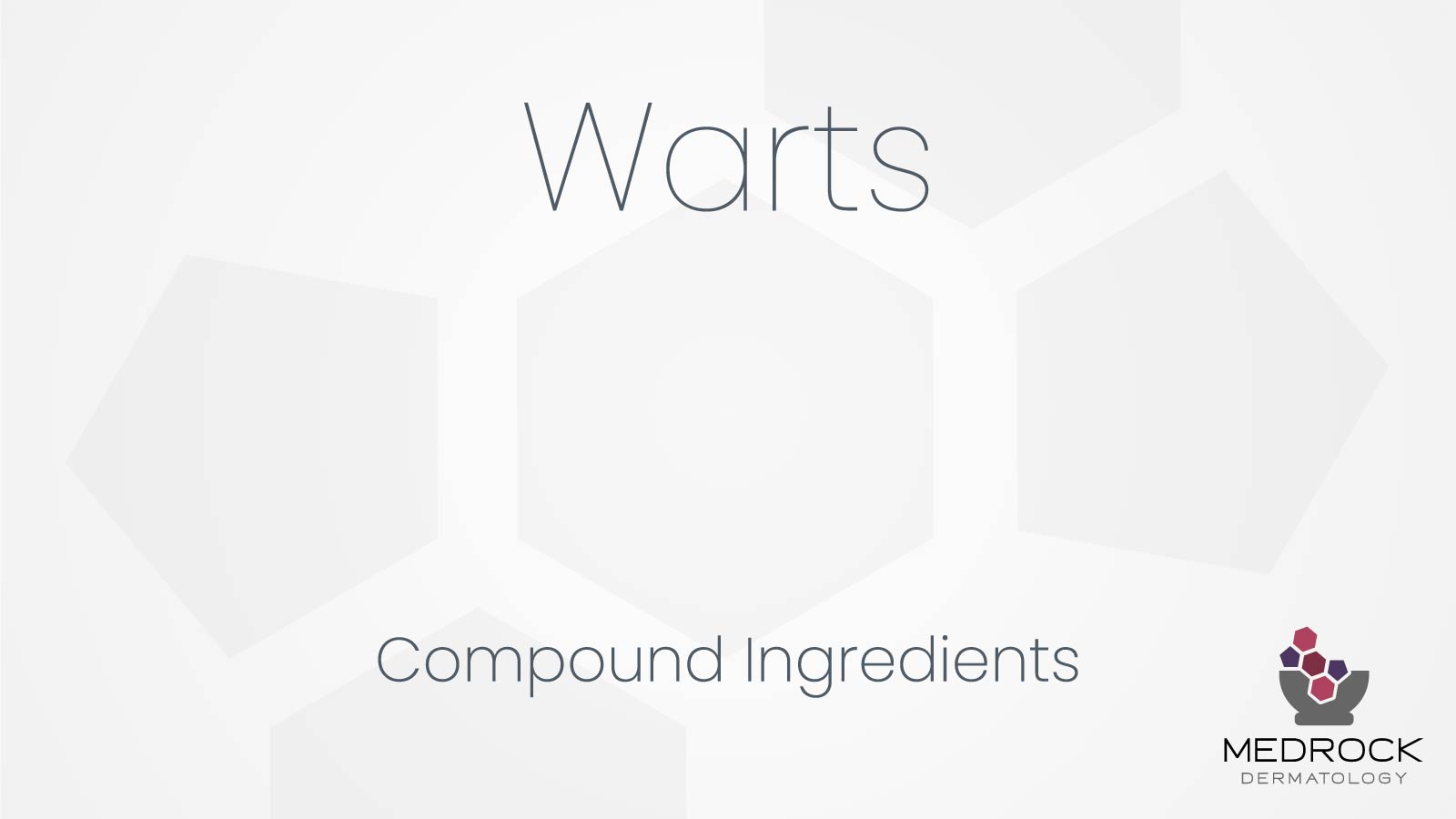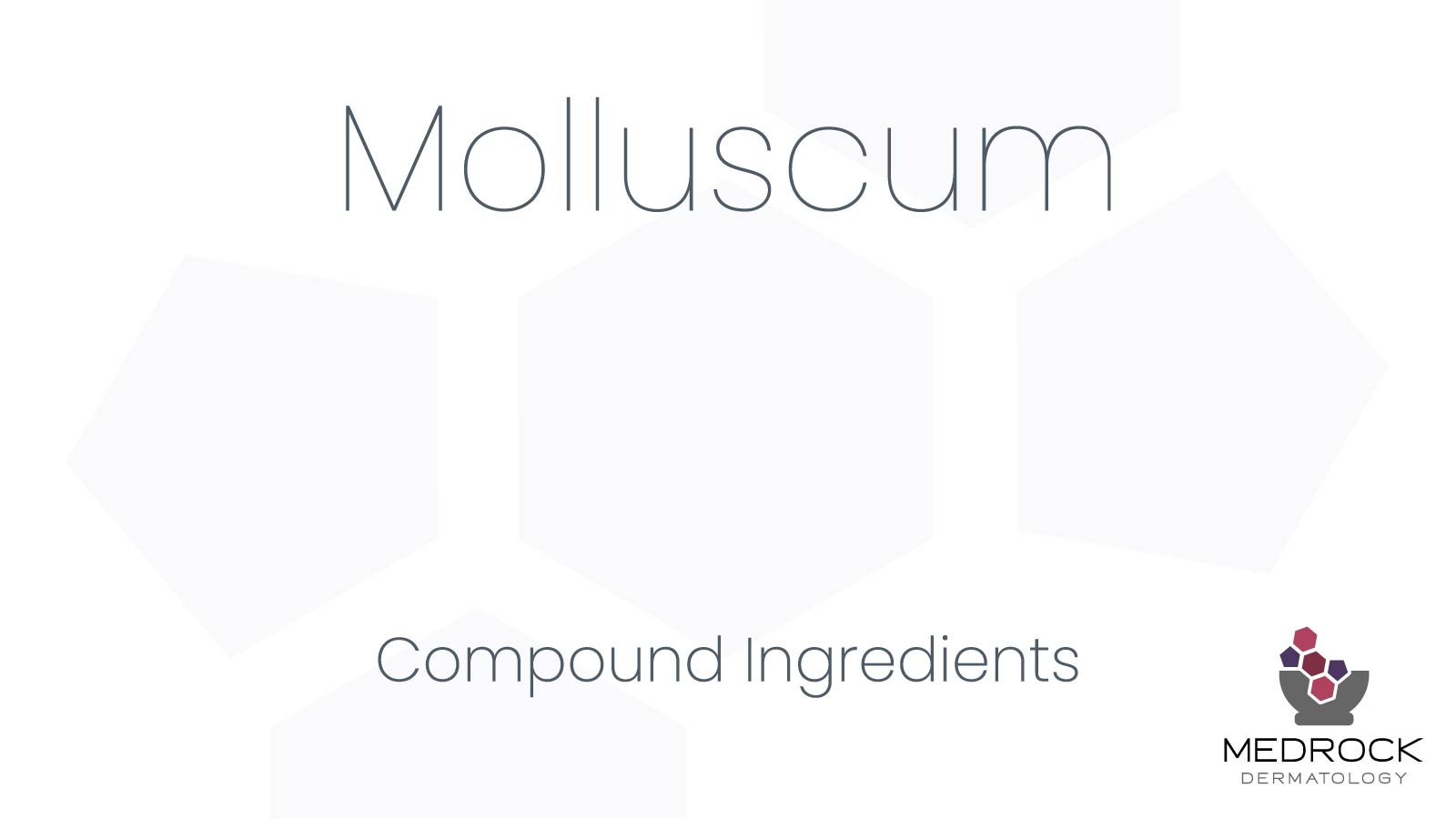Warts/Molluscum/SK Pen Videos
About Warts/SK
Check videos for how to use Pen applicator for SK and Molluscum. Medical Info about SK coming soon.
A wart, also known as verruca vulgaris, is a small, fleshy bump or mucous membrane caused by multiple different strains of the human papillomavirus (HPV). Different strains may cause warts in different parts of the body. Warts can be spread from one location on the body to another, or from person to person by contact with the wart.
HPV infects the top layer of skin, usually entering the body in an area of broken skin. The virus causes the top layer of skin to grow rapidly, forming a wart.
Warts can grow anywhere on the body and there are multiple kinds of warts caused by different strains of the human papillomavirus.
For example, common warts grow most often on the hands, plantar warts typically grow on the soles of the feet, and genital warts grow in the genital area. All 3 are caused by different strains of HPV. Human papillomaviruses can live on healthy skin without causing infection. If HPV enters the body through small breaks in the skin, it can infect the skin cells beneath the surface, causing a wart to grow. A wart can take many months to grow before it becomes visible.
What does it look like?
Warts come in a wide range of shapes and sizes. A wart may be a bump with a rough surface, or it may be flat and smooth. Plantar warts can be pushed beneath the skin’s surface by pressure from standing and walking. As the skin thickens, it can slowly form over most of the wart and looks and feels like a callus.
What are the causes?
Nongenital cutaneous warts are common in children, with a peak incidence in the teenage years and a sharp decline thereafter. People who walk barefoot often are at increased risk of plantar warts, meat handlers are at risk of hand warts, and nail biters commonly have multiple periungual warts. Immunosuppression is another important risk factor. An observational study of immunosuppressed patients at least five years after receiving a renal transplant found that 90 percent of patients had warts.5
What are the symptoms?
The main symptom is a fleshy, painless growth on the skin. Common areas affected include the hands, feet, and genitals. Warts are not necessarily harmful, but can be itchy and bothersome. If a wart grows in a spot where you put pressure, such as on a finger or on the bottom of the foot, it can be painful.
References:
1. Lipke, Michelle M. “An armamentarium of wart treatments.” Clinical medicine & research vol. 4,4 (2006): 273-93. doi:10.3121/cmr.4.4.273
https://www.ncbi.nlm.nih.gov/pmc/articles/PMC1764803/
2. Salk RS, Grogan KA, Chang TJ. Topical 5% 5-fluorouracil cream in the treatment of plantar warts: a prospective, randomized, and controlled clinical study. J Drugs Dermatol. 2006 May;5(5):418-24. PMID: 16703777.
3. Zschocke I, Hartmann A, Schlöbe A, Cummerow R, Augustin M. Wirksamkeit und Nutzen eines 5-FU-/Salicylsäurehaltigen Präparates in der Therapie vulgärer und plantarer Warzen–systematische Literaturüibersicht und Metaanalyse [Efficacy and benefit of a 5-FU/salicylic acid preparation in the therapy of common and plantar warts–systematic literature review and meta-analysis]. J Dtsch Dermatol Ges. 2004 Mar;2(3):187-93. German. doi: 10.1046/j.1439-0353.2004.04703.x. PMID: 16281635.
https://pubmed.ncbi.nlm.nih.gov/16281635/
4. Adaptation Date: 9/22/2021
Adapted By: HealthLink BC
5. Leigh IM, Glover MT. Skin cancer and warts in immunosuppressed renal transplant recipients. Recent Results Cancer Res. 1995;139:69–86


About Molluscum
Molluscum contagiosum is an infection caused by a poxvirus (molluscum contagiosum virus).
It is a relatively common viral infection of the skin that results in round, firm, painless bumps ranging in size from a pinhead to a pencil eraser. If the bumps are scratched or injured, the infection can spread to surrounding skin. Molluscum contagiosum also spreads through person-to-person contact and contact with infected objects.
Though most common in children, molluscum contagiosum can affect adults as well, particularly those with weakened immune systems.
To help prevent the spread of the virus you can:
- Wash your hands. Keeping your hands clean can help prevent spreading the virus.
- Avoid touching the bumps. Shaving over the infected areas also can spread the virus.
- Don’t share personal items. This includes clothing, towels, hair brushes or other personal items. Refrain from borrowing these items from others as well.
- Cover the bumps. Cover the bumps with clothing when around others, to prevent direct contact. When swimming, cover the bumps with a watertight bandage.
Clearing can take time. For many children, the body clears the infection within 6 to 9 months. Sometimes, it takes longer. Some patients continue to get bumps on their skin for 3 to 4 years. There have been reports of it taking 5 years for the bumps to go away completely.
Several treatment options are available. Dermatologists choose treatment based on many considerations, such as a patient’s overall health, number of molluscum bumps, and where the bumps appear. For children, age is also an important consideration.
Check out our educational video for more information on ingredients that may be included in one of MedRock Pharmacy’s topical molluscum treatments.

